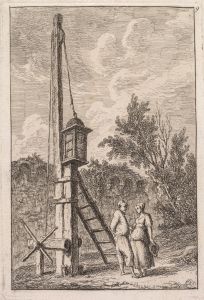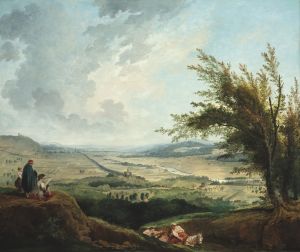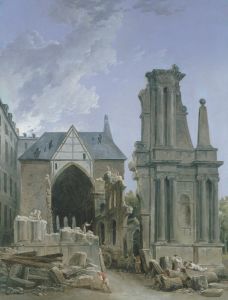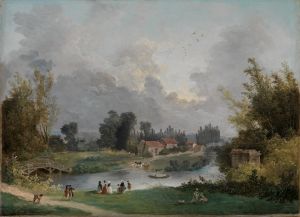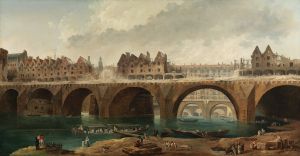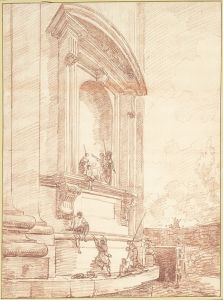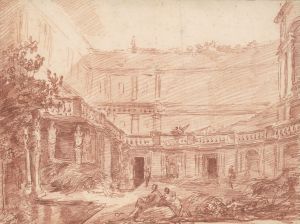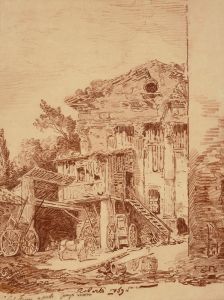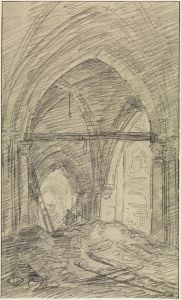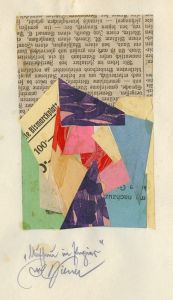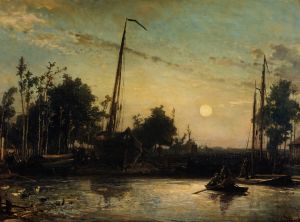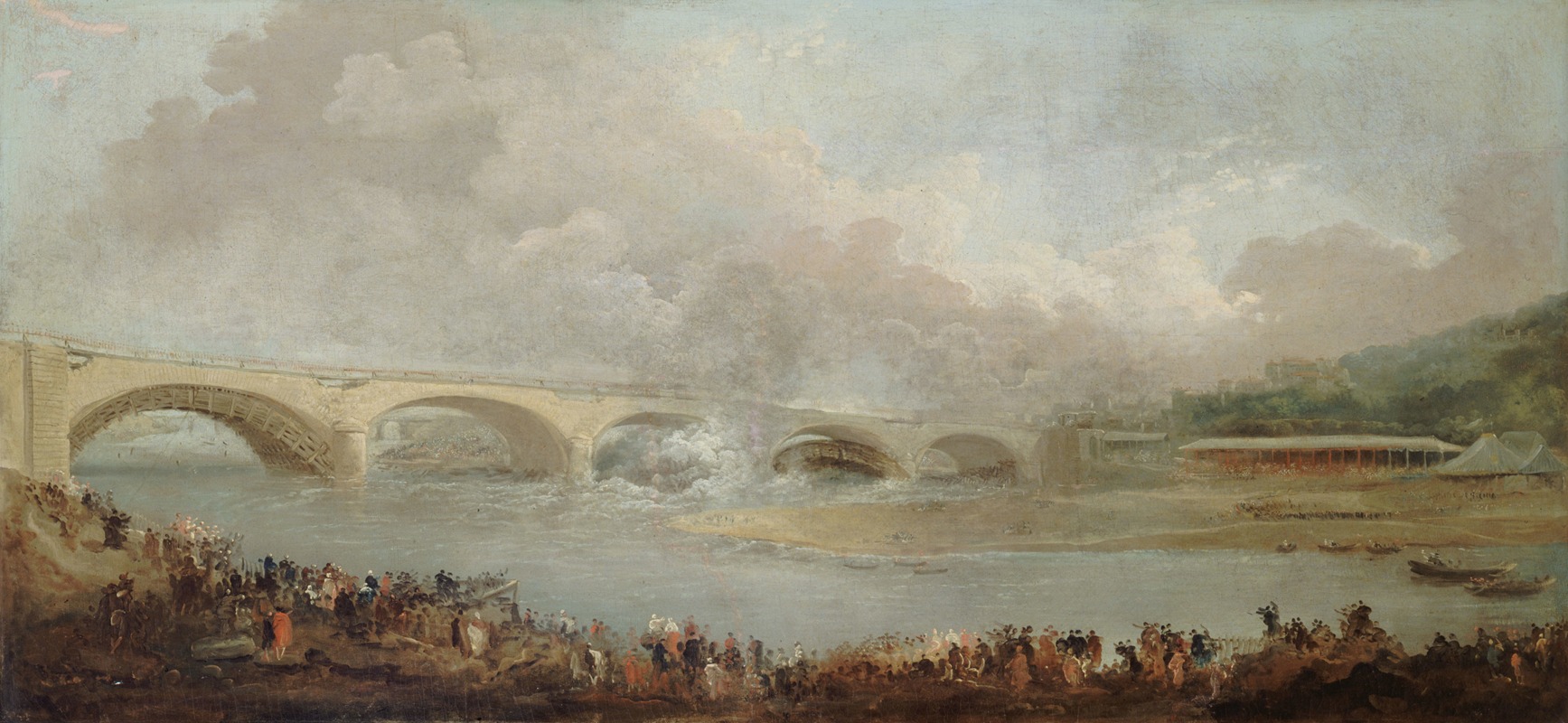
Le décintrement du pont de Neuilly, le 22 septembre 1772
A hand-painted replica of Hubert Robert’s masterpiece Le décintrement du pont de Neuilly, le 22 septembre 1772, meticulously crafted by professional artists to capture the true essence of the original. Each piece is created with museum-quality canvas and rare mineral pigments, carefully painted by experienced artists with delicate brushstrokes and rich, layered colors to perfectly recreate the texture of the original artwork. Unlike machine-printed reproductions, this hand-painted version brings the painting to life, infused with the artist’s emotions and skill in every stroke. Whether for personal collection or home decoration, it instantly elevates the artistic atmosphere of any space.
"Le décintrement du pont de Neuilly, le 22 septembre 1772" is a painting by the French artist Hubert Robert, known for his landscapes and architectural scenes. Hubert Robert, born in 1733 and died in 1808, was a prominent figure in the art world during the 18th century, particularly recognized for his ability to capture the grandeur and decay of architectural structures. His works often depicted ruins and construction sites, reflecting both the glory and the transience of human endeavors.
This particular painting, "Le décintrement du pont de Neuilly, le 22 septembre 1772," captures a significant moment in the construction of the Pont de Neuilly, a bridge located in the western suburbs of Paris. The bridge was an important infrastructure project of its time, facilitating transportation and commerce in the region. The date mentioned in the title, September 22, 1772, marks the day when the centering, or temporary wooden framework used to support the arches during construction, was removed. This was a crucial phase in the construction process, signifying the structural integrity and completion of the bridge's arches.
Hubert Robert's painting is notable for its detailed depiction of the construction scene. The artwork illustrates the bustling activity surrounding the bridge, with workers engaged in various tasks related to the removal of the centering. The scene is set against the backdrop of the Seine River, with the bridge's arches prominently displayed. Robert's use of light and shadow adds depth to the composition, highlighting the architectural features of the bridge and the dynamic movement of the workers.
The painting is an example of Robert's skill in combining elements of landscape and architecture, a hallmark of his artistic style. His ability to convey the scale and complexity of construction projects is evident in this work, as is his attention to detail in capturing the human element of the scene. The figures in the painting are depicted with a sense of realism, contributing to the overall narrative of progress and human achievement.
"Le décintrement du pont de Neuilly, le 22 septembre 1772" is also reflective of the Enlightenment ideals of the time, emphasizing reason, progress, and the transformative power of human ingenuity. The construction of the Pont de Neuilly was part of a broader movement in 18th-century France to improve infrastructure and promote economic development. Robert's painting serves as both a historical document and an artistic celebration of these advancements.
Today, Hubert Robert's works, including this painting, are appreciated for their historical significance and artistic merit. They offer insights into the architectural and cultural landscape of 18th-century France, capturing moments of transformation and the enduring impact of human creativity. The painting remains a testament to Robert's legacy as an artist who masterfully blended the real and the imagined, the past and the present, in his evocative portrayals of architectural scenes.





